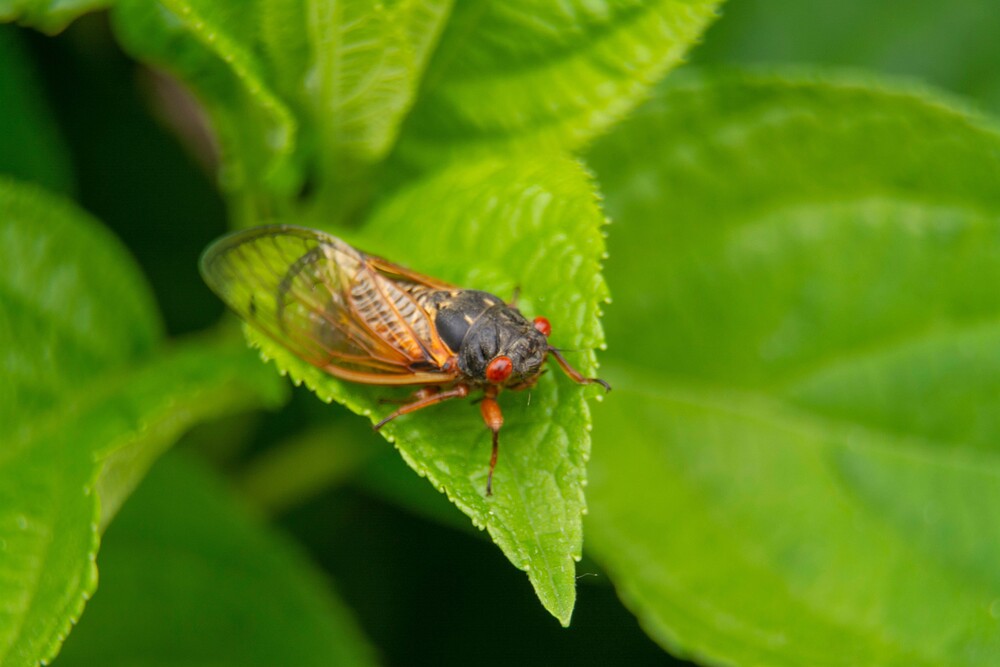The cicadas are coming! Periodical cicadas set to hit Illinois in 2024

JACKSONVILLE, Ill. — Can you hear them? Probably not yet, but soon Illinois will be awash in the songs of periodical cicadas.
This year is a big year for periodical cicadas in Illinois, where Broods XIII and XIX will be emerging throughout much of the state at the same time for the first time since 1803. Despite some talk of an impending insect apocalypse, cicadas don’t pose a threat to humans (or pets).
While two broods will be emerging at the same time, they won’t be emerging in the same places. Brood XIII will be emerging in the northern half of the state. Brood XIX will be emerging in the southern half of Illinois. There may be a few places in central Illinois, around Springfield, where the two broods will be emerging in the same area. However, they aren’t expected to overlap to any great extent.
Periodical cicada life-cycle and biology
Periodical cicadas are among the longest-lived insects on the planet, living for 13 or 17 years. They spend the vast majority of that time living underground feeding on tree roots. Once the soil warms enough in the spring, they will begin to emerge, usually around late May or early June.
Periodical cicadas have black bodies with orange wing veins and red eyes. Male cicadas will start singing four or five days after they emerge. They will gather in trees and sing together to attract females. Each species of cicada has a distinctive song they produce.
After mating, female periodical cicadas will lay their eggs in woody plants. They prefer branches that are about the width of a pencil or a little larger. They will use their saw-like ovipositor to cut into branches and lay their eggs. After about a month, the adult cicadas will begin to die. Large piles of cicadas can accumulate under trees and can smell rather unpleasant. However, their decaying bodies will serve as fertilizer for plants.
Are periodical cicadas going to kill my trees?
Twigs and branches that have had eggs laid in them may sometimes break, which will cause everything past this damaged area to die. Fortunately, this will not kill healthy, mature trees. The same can’t be said for small trees and shrubs, though.
Newly planted small trees and shrubs may have trunk diameters small enough for female cicadas to lay their eggs in; if this happens, the trees can be killed. These smaller plants also have fewer branches on them, and egg-laying can cause significant damage to them.
Protecting trees and shrubs from periodical cicada damage
There are several things you can do to prevent cicada damage to trees and shrubs in your landscape:
- Avoid planting trees and shrubs the year before a periodical cicada emergence. Avoid planting trees and shrubs in the spring of an emergence year, too.
- Place netting around small trees and shrubs, making sure it is secured around the base of the plant to prevent cicadas from crawling up the plant from the ground. The opening should be no larger than ¼ inch.
- Insecticides are not recommended to manage periodical cicadas. Large, healthy trees are able to survive egg-laying with no long-term impacts. Insecticides are not as effective in protecting smaller trees and shrubs from cicadas as netting.
This year provides us with a once-in-a-multi-generation opportunity. Take some time to track down some cicadas and enjoy nature’s symphony.
Miss Clipping Out Stories to Save for Later?
Click the Purchase Story button below to order a print of this story. We will print it for you on matte photo paper to keep forever.

